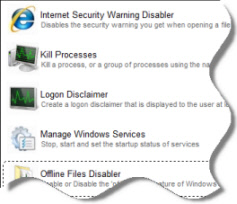We migrated a Biztalk application from Biztalk 2006R2 to Biztalk 2013:
It has a HTTP Receive location on which it receives an xml transaction from exerternal agencies by HTTPS.
We have created a Windows local user account and provided it to the external agency to pass those credentials back to us when sending the transaction to us.
On IIS, we Disabled 'anonymous' authentication and enabled 'Basic' authentication.
It works absolutely fine old server(Windows Server 2003R2/IIS 6/Biztalk2006R2)
But the same application when migrated to the new server(Windows Server 2008R2/IIS 7.5/Biztalk2013)
fails with 401-Unauthorized error on the Recieve location
(If I enable anonymous authentication, we are able to receive the transaction from external agency. So no problem in communication, it's only an authentication error. And we can't afford to have anonymous authentication)
I checked almost all the IIS settings of Virtual directory associated with the Biztalk Receive location on both the old and new servers and they look similar.
Appreciate any inputs/suggestions on resolution of the issue. Thanks.


